|
For those of you who frequently forget to water your orchids, you’re not alone. For a long time, my orchids only got watered when I remembered to water them. Actually, part of the reason I love orchids is that they don’t have to be watered as often as some of the other typical houseplants. They can handle my forgetfulness and neglect. Last month, I abandoned my orchids for a trip Yosemite National Park and a biotechnology conference. Before I left, I watered my orchids very well, but, after that, they were on their own for 2.5 weeks. None died, thankfully, but I do have some nice examples of what happens when you don’t water your orchids enough. How much should you water your orchids? That’s not an easy question to answer because it depends on a lot of factors:
How can you tell when a plant needs water? After overwatering and killing a bunch of Phalaenopsis, my new rule of thumb is to stick a finger in the media. If the media is still damp, don’t water the plant.
Major signs of underwatering orchids: 1. Dried out pseudobulbs. In sympodial orchids, the pseudobulbs are used to store sugar and water. When the pseudobulbs are young and healthy, they are plump and filled. When the plants are underwatered they draw from their water storage, causing the pseudobulbs to wrinkle. Once a pseudobulb wrinkles, it doesn’t unwrinkled. 2. Horizontal pleated leaves (wrinkles that go across the width of growing leaves) Underwatered plants can develop horizontal crimping or pleating on newly developing shoots. If the newly growing leaf doesn’t get enough water while it’s developing, it forms these horizontal pleats (pictured below in the Oncidiums I abandoned). These don’t go away as the plant ages. As far as I can tell, this doesn’t hurt plant growth, although it probably doesn’t go over well with judges if you submit your plans in flower shows. 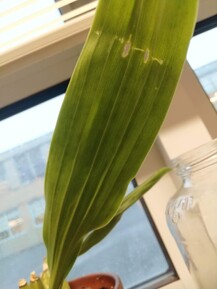 ***Note: some orchids, like the Zygonisia pictured on the right, have naturally pleated leaves. These pleats run along the length of the leaf (opposite of pleats caused by underwatering).
3 Comments
11/5/2019 09:51:21 pm
I am not a flower lover, that's why I am clueless regarding the right way of taking care flowers. Of course, I know the importance of watering your orchids that's why you guys should do it. But aside from that, I only know few details on how to pull it off. By the way, I am looking forward to see more ways on how to take care flowers; this time, featuring another type of flower since I got curious on how you do it perfectly!
Reply
Missy Watts
5/15/2020 02:11:44 am
I left my poor Oncidium at my office during Covid and must not have watered it for weeks. I retrieved it and ALL of the pseudobulbs are shriveled to nothing and turning yellow. I’ve soaked it twice. I don’t think it need repotting but is just very dehydrated. But with all of the pseudobulbs dead or dying......can I save it? Is it a matter of just rehydrating it but knowing that the current pseudobulbs aren’t viable. Will it grow more? Is the new and healthy looking leaf growth just a vestige from these dying bulbs? Any help is appreciated.
Reply
Leave a Reply. |
AuthorJen Schmidt is a PhD graduate from Cornell University who, with the help of her mother (Barb), is turning into a crazy plant lady at a young age. Archives
September 2019
Social Media
|
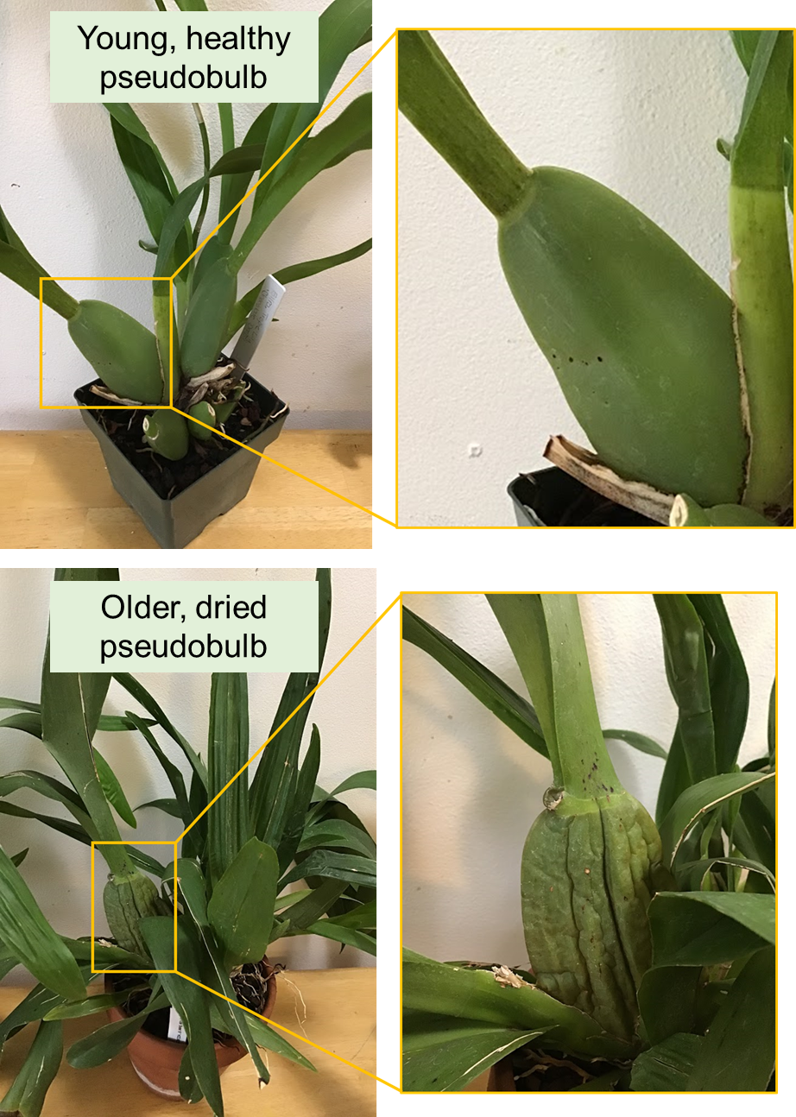
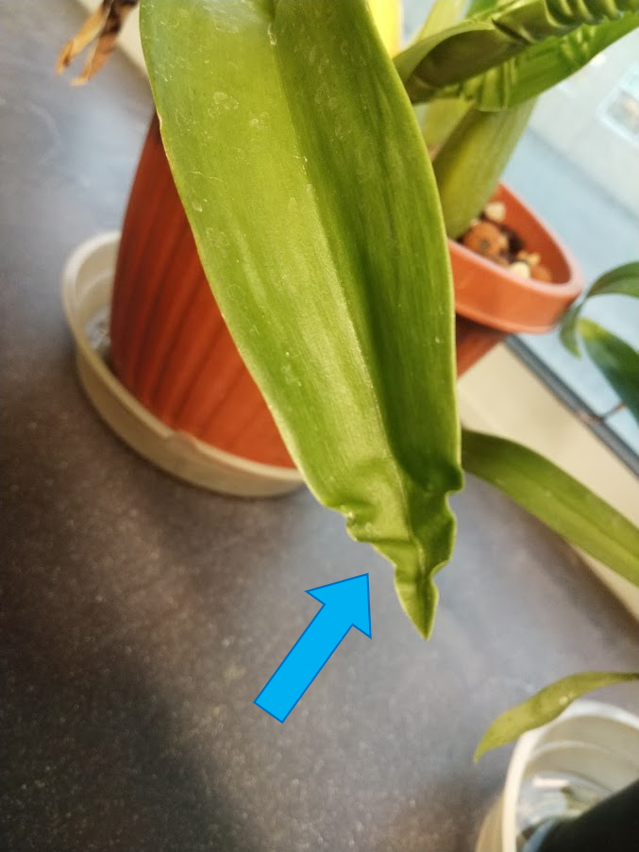
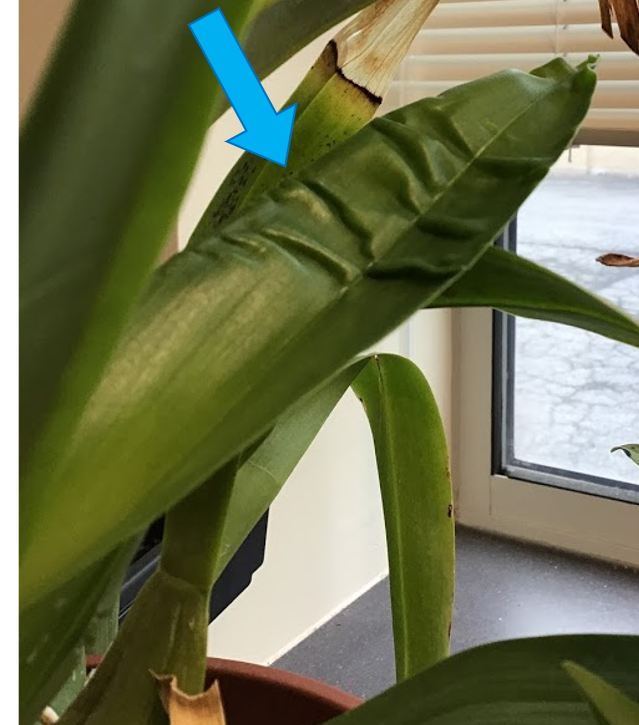
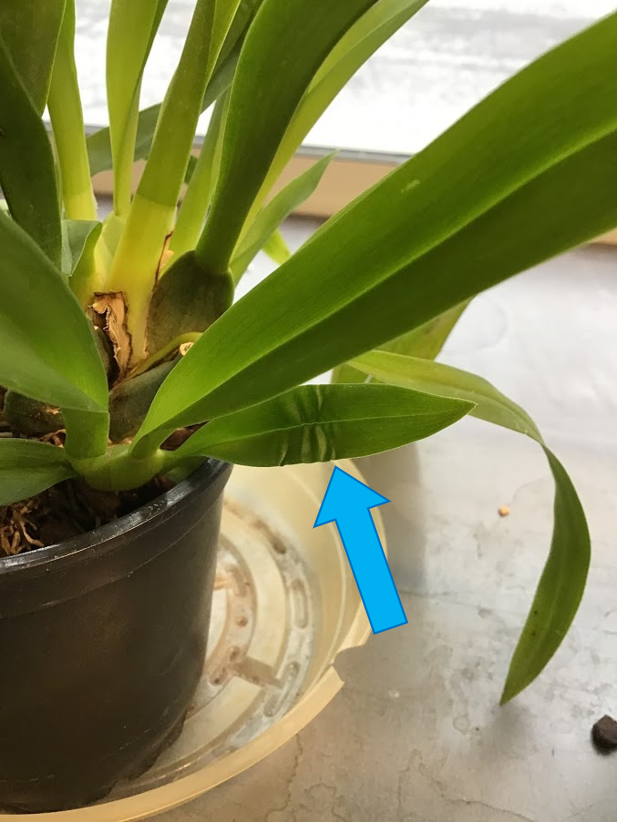
 RSS Feed
RSS Feed